Hydrangea "Pink Diamond": description, planting, care and reproduction
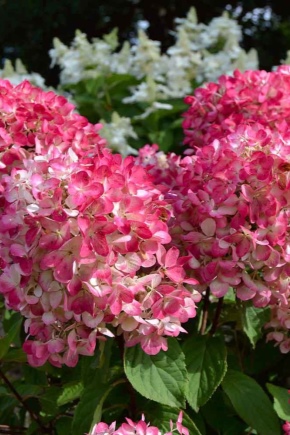
Hydrangeas are becoming more and more frequent inhabitants of Russian gardens and summer cottages. Florists are attracted not only by the exquisite appearance of this plant, but also by its ability to adapt to unfavorable growing conditions. One of the most popular panicle varieties is Pink Diamond.
Description
Hydrangea Pink diamond is characterized by large dimensions, its height reaches 2 m, and its width is 300 cm. The plant is distinguished by rigid vertical shoots, young stems are painted brown-red. The leaf plate is dense, has an oblong shape with jagged edges, the texture is slightly rough, and the color is dark green.
Each year, the culture adds about 30 cm in growth. In the middle of summer, flowering begins. The inflorescences of the plant are large, their length is up to 35 cm. The base of the inflorescences is wide and loose, in shape it can be presented in the form of a pyramid or a cone.

Panicles include many densely spaced flowers with four petals.
At first, the flowers have a delicate creamy white shade, then the petals darken to a creamy tint, gradually blush and by the end of flowering are covered with an almost red color. Flowering continues until September. Such a changeable color palette allows you to create the most bizarre flower arrangements from the presented variety.
Good "Pink Diamond" and the fact that it easily tolerates difficult growing conditionsfor example, it grows without problems in an exhaust-fueled environment, and therefore can be planted in central parks and city sites. Another interesting property of culture is the ability to restore shoots injured by frost or mechanically. It is a frost-resistant variety that can withstand temperatures as low as -35 degrees, and its inflorescences are quite resistant to precipitation.

Landing
There is nothing difficult in planting a shrub; even a novice florist can cope with this task. Planting is recommended in a shaded area, since the culture does not like direct sunlight. You can plant the plant next to the taller representatives of the flora. If you plant a bush in an open space, then you can not expect good active growth. The most favorable soil type is moderately acidic.

The planting process is as follows.
- Dig a hole 30-50 cm deep. The fact is that the culture has a superficial root system - this fact determines the size of the hole. Also, the depth depends on the age of the seedling and the development of the root system.
- Lay expanded clay, small stones or broken brick on the bottom - they will serve as a drainage.
- Pour 10-15 liters of water into the pit and add a soil mixture consisting of humus, needles and peat in equal proportions.
- Position the seedling so that the root collar is at the level of the soil surface, straighten the roots and distribute the root system evenly.
- Sprinkle soil over the roots and tamp down evenly.
- Apply plenty of warm, settled water to the planting site.
- Mulch the flower bed with sawdust, wood chips or plant debris in a layer of 10 cm. Mulch will keep moisture in the ground for a long time.
- When planting in a group, plant the next copy at a distance of at least 3 m.

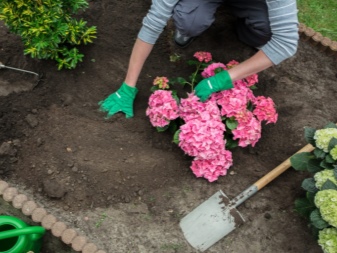
Care
It is not difficult to take care of the presented variety, but some rules are important to follow.
- The culture needs regular moisture, this procedure is especially important during the growth period. At this time, the root system begins to absorb moisture in large quantities, and therefore, if there is insufficient moisture, the earth can dry out. Keep the soil moist at all times.
- In the springtime, the culture should be fed. Nutrient deficiencies can be judged by tarnished and yellowed foliage. Chalk, peat, fresh or dry manure are suitable fertilizers. It is allowed to feed the flower with fermented milk drinks, for example, kefir or whey. To prevent yellowness, you can use a solution of lemon juice. Another option is iron vitriol, it will prevent the leaves from drying out.
- Pruning is an important procedure in the life of a plant. This manipulation is performed not only for sanitary purposes, but also for aesthetic purposes. In the spring, you need to remove withered, frozen, damaged branches. Also, shortening of strong stems will be required in the fall.
- When grown in warm climates, the crop does not need insulation for the winter. When kept in conditions with severe winters, it is desirable to protect the specimen from frost, although the variety belongs to winter-hardy. Before freezing, branches should be bent to the ground and sprinkled with leaves. Especially a young plant needs such winter preparation.

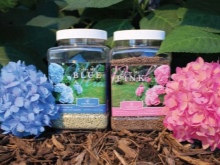
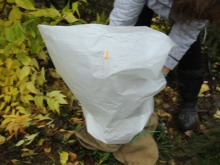
Reproduction
You can breed paniculate varieties in the following ways.
Cuttings
To obtain a new plant by cuttings, young green cuttings with 2-3 full-fledged buds should be cut. Next, hold the planting material for 2-3 hours in a growth stimulator solution. For planting, a mixture of sand and peat in a ratio of 1: 2, respectively, is suitable. Before planting, it is important to moisten the substrate and plant the cuttings, remove the lower leaves and shorten the upper ones.
To make it look like a greenhouse, the container with the plantings is covered with glass. Within a month, the cuttings will take root. During this period, they should be regularly moistened.
In cold climates, seedlings will be ready for transplanting into open ground only after a year; in warm regions, planting in early autumn is allowed, but it is important to insulate young specimens for the winter.
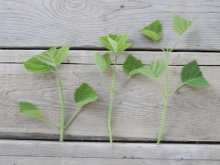


Layers
The process is carried out in early spring, until the buds have blossomed. First, you need to make shallow furrows, lay out young strong shoots in them and sprinkle with soil. Layers will take root by the end of summer, but for this it is necessary to water them regularly. Also, the sprouts should be huddled weekly, forming tubercles. After a year, the plant will be ready to be transplanted to a permanent place.

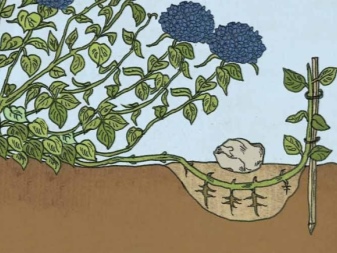
By dividing
To propagate the culture in this way, you need to carefully dig out the bush during the period of established heat, without injuring the root system, and divide it into several shares. The resulting shoots are rinsed and pruned, after which they are planted in a new place.
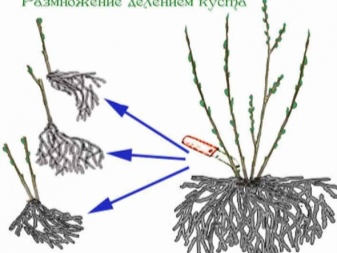
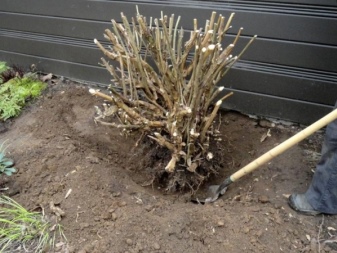
Diseases and pests
The presented variety is distinguished by strong immunity against diseases and harmful insects, but under improper growing conditions, this problem does not bypass the culture. For example, with an excess of moisture, drying and tarnishing of the green mass can be observed. Most often, the plant is affected by the following ailments.
- Chlorosis. It occurs as a result of iron deficiency, as well as as a result of metabolic disorders. You can recognize the disease by yellowed and dried leaves, which curl, wither and shrivel. Buds and branches also take on an unaesthetic appearance. To combat chlorosis, the means "Antichlorosis" and "Ferovit" are used.
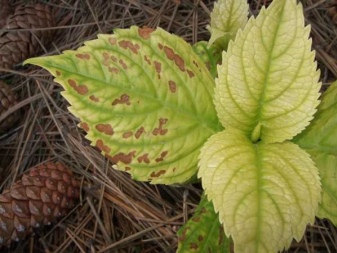
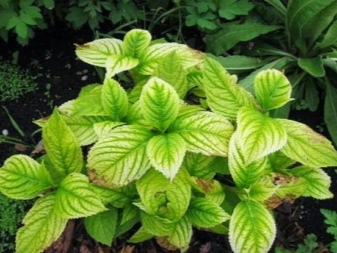
- White rot. The disease begins in the root zone, which, under the influence of the disease, cannot supply the bushes with food, and they die. The disease is indicated by darkened stems with a white bloom. Fungicides "Fitosporin", "Fundazol" will help to solve the problem.
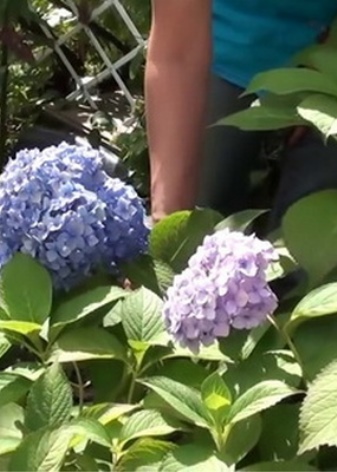
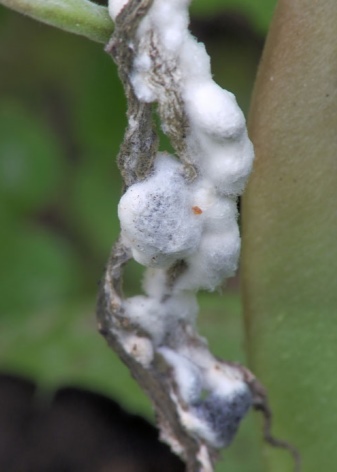
- Gray rot. During this disease, weakening and detachment of soft tissues is observed, and during a rainstorm, a grayish fluff is formed.In drought, the damaged fragments wither and crumble, forming holes on the leaf plate. The drugs "Chistotsvet", "Fundazol", "Skor" will help to overcome the disease.

- Downy mildew. The disease is easily recognizable by the yellow-green streaks on the foliage, which gradually darken and become clearer. A violet or grayish tint is observed from the inside of the leaf plate. Affected shoots can freeze in winter. The means "Alirin", "Fitosporin", "Topaz", "Skor" will help to solve the problem.
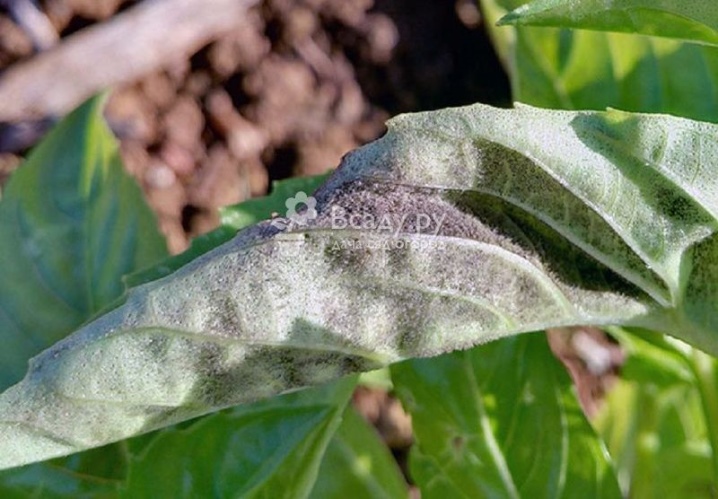
- Rust and ring spots. These diseases rarely affect the plant, but if this happens, then the infected specimens should be destroyed, since there is no way to combat these diseases.
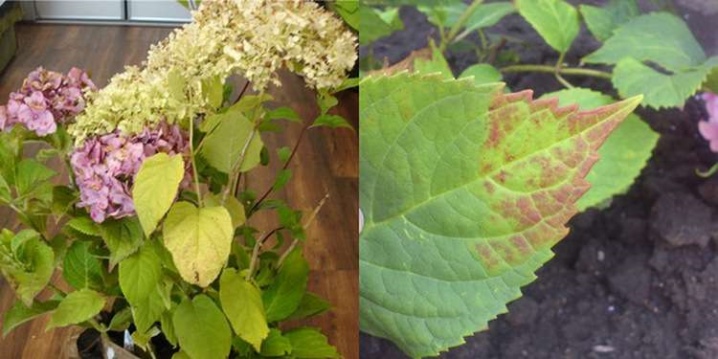
The insects of the presented culture practically do not touch, but under certain conditions they can become a problem. If the hydrangea was overcome by a spider mite, then the preparations "Tiofos", "Akarin", "Fitoverm", "Lightning" will be able to overcome it. Molluscicide copes well with slugs, and you can get rid of leaf aphids with Fitoverm, Aktara, Iskra, Zubr, Akarin.
To avoid damage to the plant by diseases and insects, it is important to treat the flower as a preventive measure before the growing season and at the end of flowering.
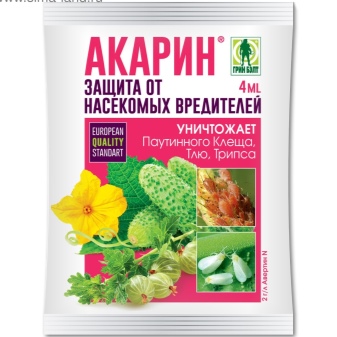
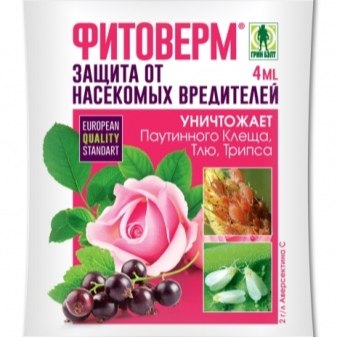
Examples in landscape design
Due to its aesthetic properties, harmonious overflow of various shades during flowering and the ability to recover, Pink Diamond hydrangea is often used to decorate garden and backyard plots. The long flowering period also attracts flower growers.
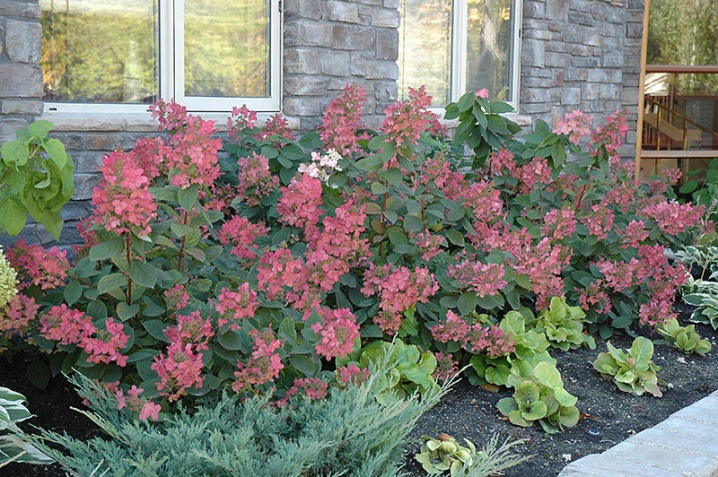
The culture looks very aesthetically pleasing in the center of the flower garden, surrounded by smaller plants. However, when composing a composition, do not forget that hydrangea absorbs a lot of moisture, so you need to choose neighbors that will tolerate drought well.
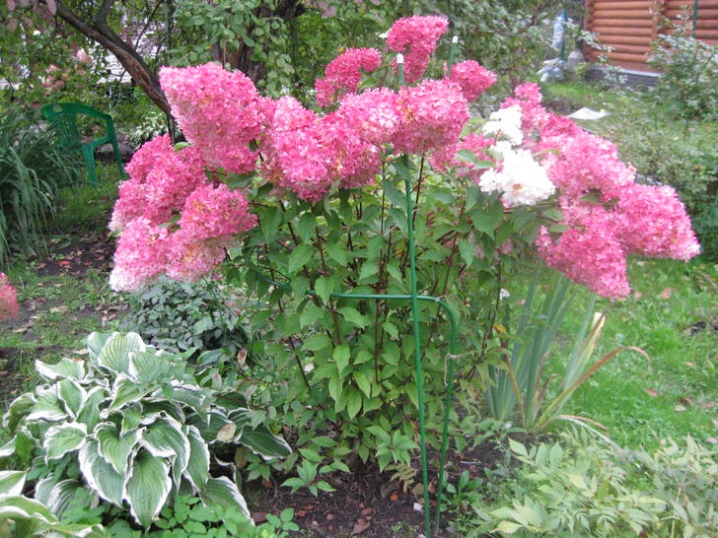
A very beautifully presented variety looks in tandem with compact conifers. The collective planting creates a picturesque contrast that adorns the garden path. Beautiful combinations can be created by planting hydrangeas next to cereals, vervain and clematis.
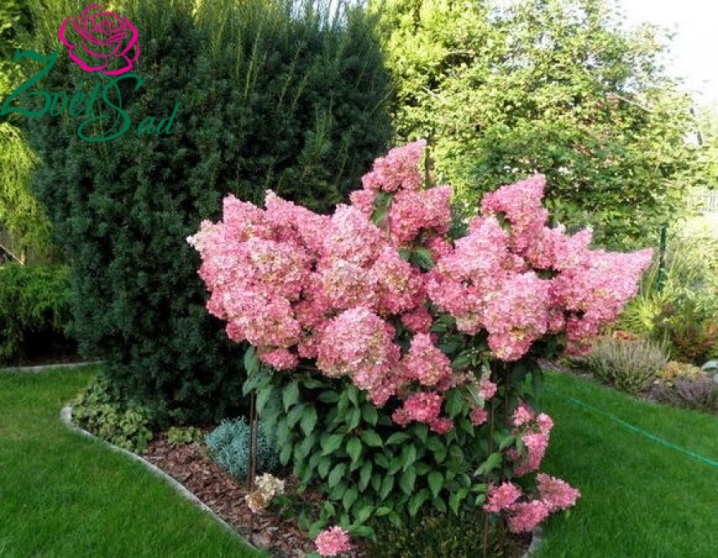
When creating a flower bed design, keep in mind that the Pink Diamond variety is not suitable for planting with flowers of orange, yellow and red shades, so try to place such plants as far away from each other as possible.
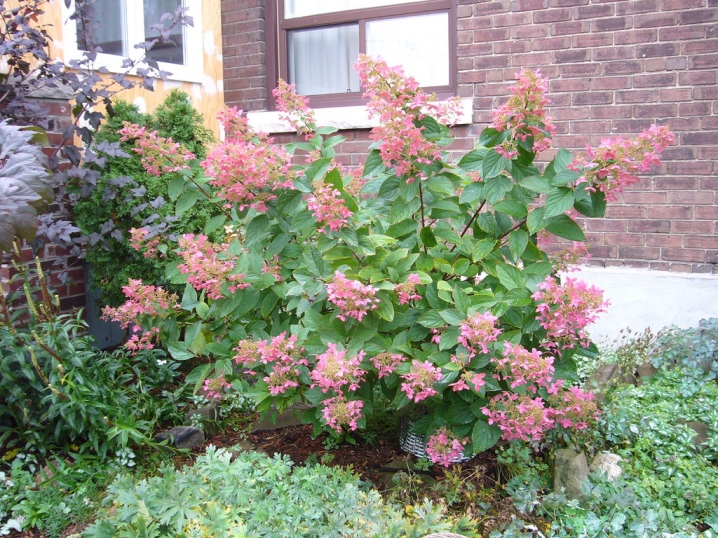
A picturesque landscape can be created by planting the presented variety as a separate plant. - it will look great surrounded by fruit trees. Do not forget about the possibility to independently form a shrub with the help of scissors and give it an extraordinary shape.

An overview of the Pink Diamond hydrangea in the video below.



































































The comment was sent successfully.